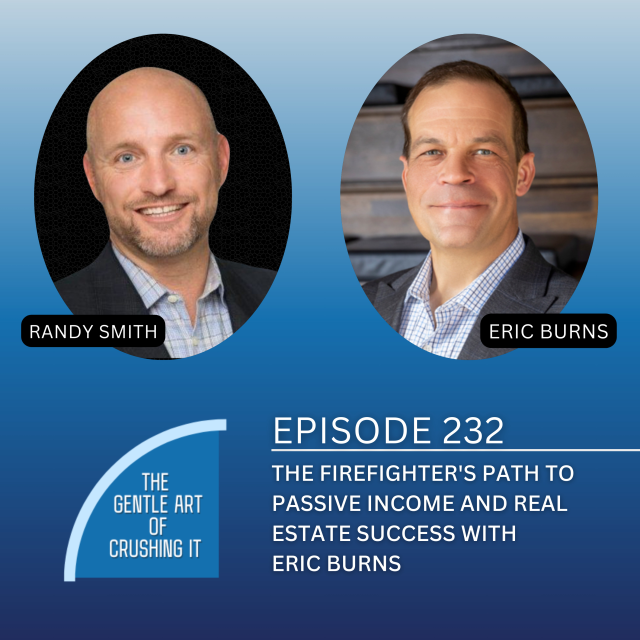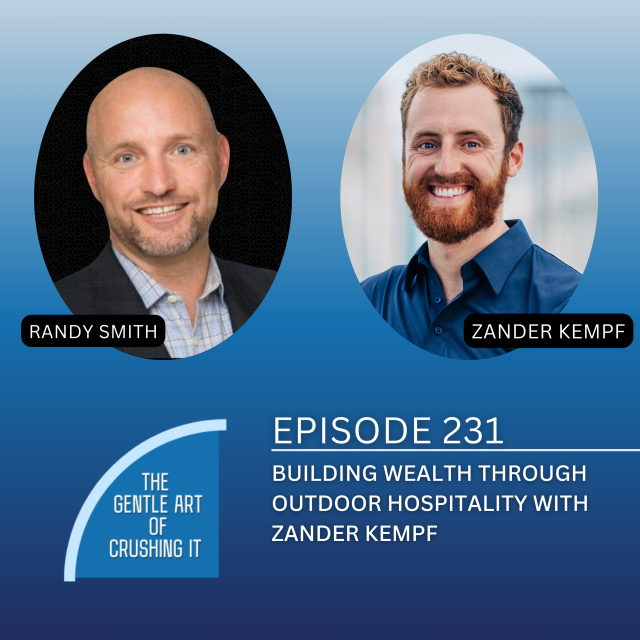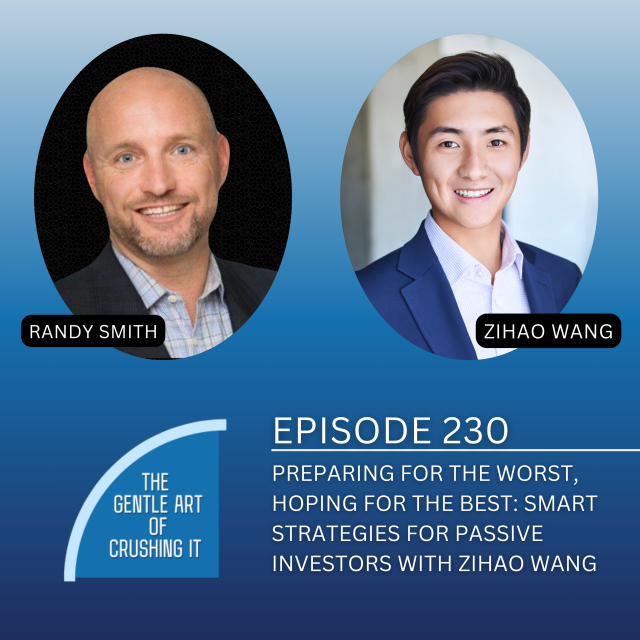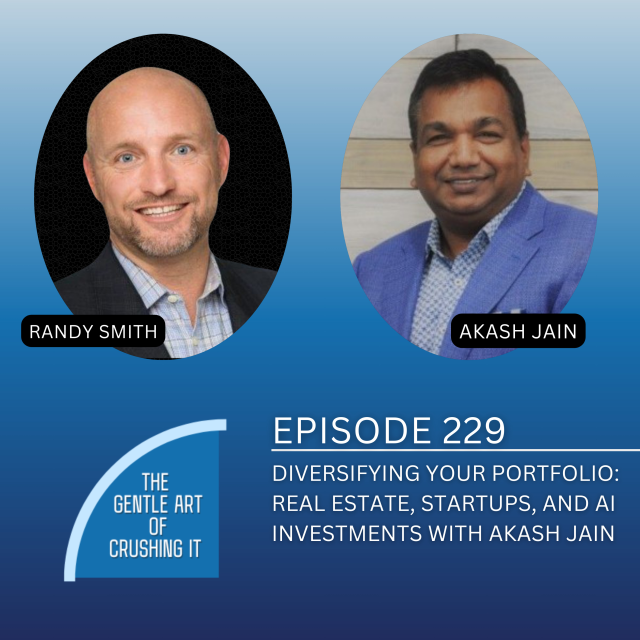Now that you’ve chosen your ideal asset class, it’s time to move on to market selection. While there is opportunity in any market, a market with familiarity, improving demographics, and positive economic factors can help increase the likelihood of a positive, passive investing experience. We’ll dig into those details further below:
Familiarity
As with asset class selection, familiarity is important when choosing a market as well. You can get the upper hand in a market if you choose to invest in your backyard, a place where you have lived in the past, a place you’d like to visit regularly, or a place where you have contacts or “feet on the street.” It’s easy to understand the benefits each of these can offer so take advantage of your experience/connections in these areas to lead to investing success.
Demographic Trends
Since you’ll likely be looking to invest in assets that are fully rented with consistently growing rental prices, you’ll want the demographics to support those goals as well. Focusing on markets with increasing population and income growth will help to produce those results. We’ve seen recent trends towards the sunbelt which have made many of these markets good picks in recent years, and you can research and verify these trends through many different sites like City-Data.com.
Economic Environment
Black swan events are never expected and rarely occur, but it’s important to hedge your bets by choosing a market that that can support changes in the economic environment. I prefer to invest in markets that are diversified across multiple industries so not to depend too much on any one sector. Extreme examples would be communities that depend solely on a military base or Detroit’s dependence on the auto industry in the late 70’s and early 80’s.
Government and political influence can also help or hinder your investment returns so it’s important to invest in states that support businesses that focus on your target asset class and business plan. There is no doubt that government involvement can help in many cases, but investor returns can often be negatively impacted by programs like rent control and eviction restrictions and navigating the red tape that can be required by any development or improvement plan can be challenging at best. The easier choice for an investor is to invest in markets that support businesses and their business plans.
Of course, there are many other factors to consider, but understanding these three areas will equip you with the information you need to narrow down your market selection. Your next task will be to find an expert operator in the asset class and market you’ve selected, and we’ll dig into that process in our next blog.





